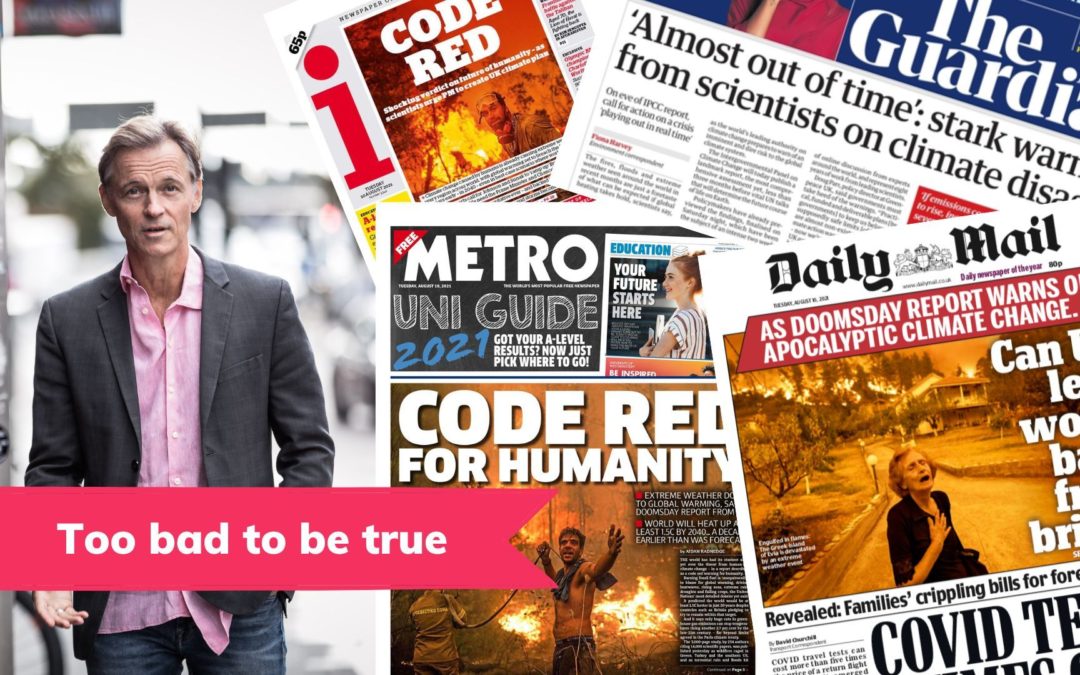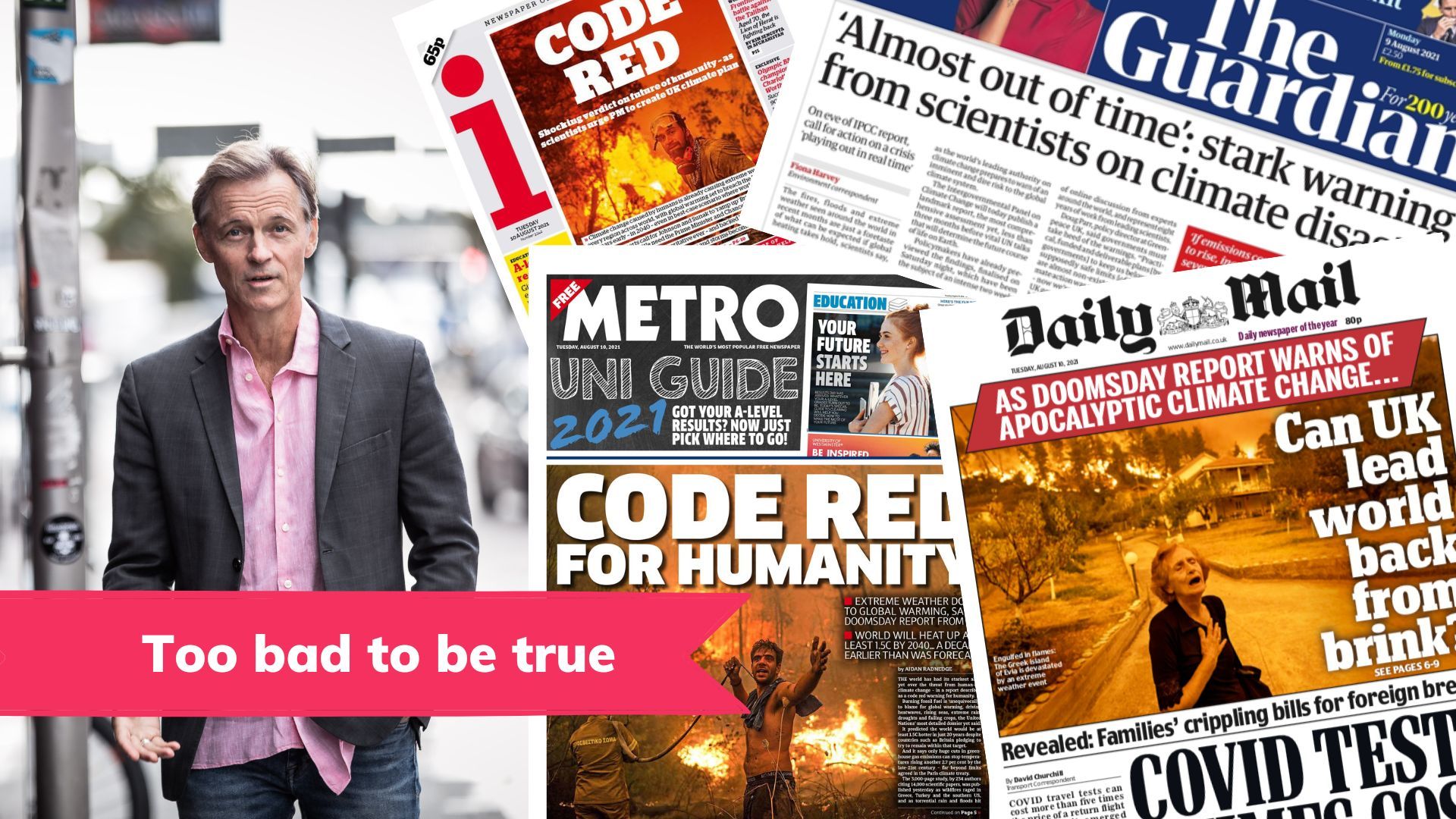
Climate research is partly about documenting what has happened, partly about predicting what will happen. In a previous article in this series, the state of knowledge regarding extreme weather phenomena is described, i.e. what has happened.
The media likes to produce headlines about extreme weather events. But an equally popular genre is forecasts about the future. They are based on data models, where certain assumptions have been entered and certain results have come out.
When such research is referenced, the conclusions are often described as something we almost know will happen. It is questionable regardless of how the studies were done, but what makes matters worse is that the basic assumption that has been fed in is alarmingly often lacking connection to reality. That makes these studies next to meaningless, but the journalists don't understand that, and one can only hope that this also applies to the researchers who wrote them.
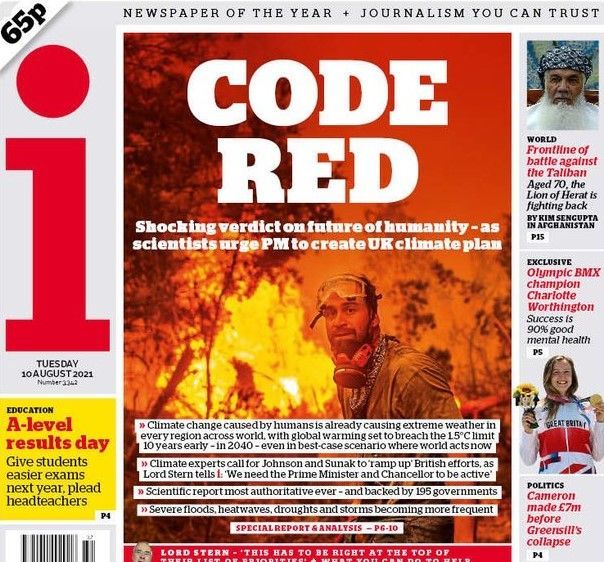
IPCC on climate scenarios
How can it be like this? The basic assumption I'm referring to is something called RCP 8.5. It is the designation of the UN's worst-case scenario.
The use of scenarios in the climate panel's compilations has a scattered history. They describe possible development paths for human climate emissions and how much warming each path can produce. At times the scenarios have been provided with varying degrees of probability, at times they have been presented neutrally. They have also been calculated in slightly different ways and given different designations.
In the fifth compilation, the scientific part of which was released in 2013, 1,200 more or less possible scenarios were boiled down to four main scenarios: RCP 2.6, 4.5, 6.0 and 8.5 respectively. RCP stands for Representative concentration pathways, and the number indicates how large a solar energy surplus different development paths are assumed to provide in the year 2100 (technically speaking: the radiation drive in watts per square meter).
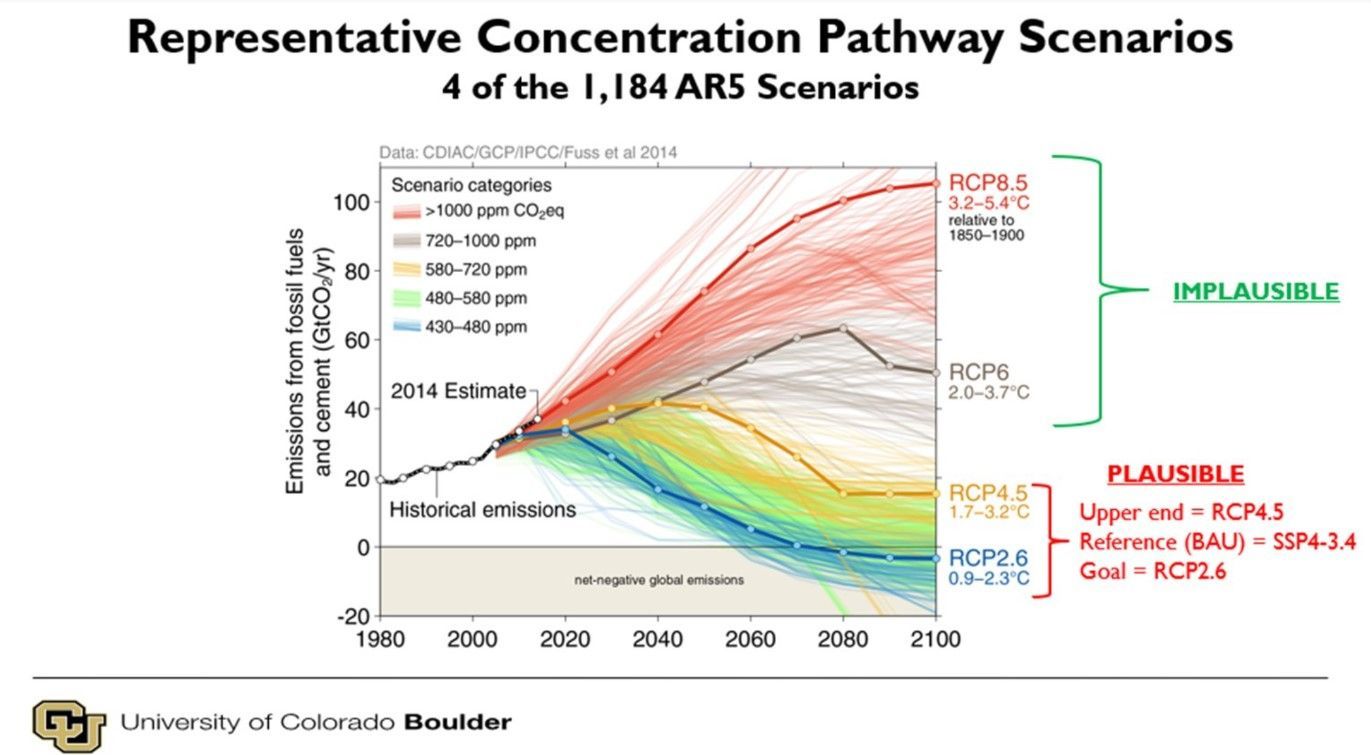
In the first three, assumptions are made about different degrees of energy conversion and emission reductions. But the starting point in RCP 8.5 is the exact opposite. In this scenario, which points to a warming of as much as 5 degrees by the year 2100, it is assumed that humanity will continue to emit carbon dioxide at an increasing rate, including through a 400 percent increase in the use of coal. According to the International Energy Council IEA, the world's use of coal reached its peak already in 2014. A quintuple would mean that all natural gas, all nuclear power, and all solar and wind power today would be replaced by coal. In any case, such a violent increase would exceed the planet's presumed carbon reserves. It is not daring to state that this will not happen.
RCP 8.5 is not business as usual
Unfortunately, RCP 8.5 came to be referred to as business as usual, which sounds like a realistic scenario, and not the (very) worst-case scenario it actually is. It was unrealistic even when it was launched, and over the years it has slowly but surely departed from reality even further.
The UN's climate scenarios are used in scientific studies on everything from future sea level rises, forest fires, species extinction, the influx of refugees and how well we will sleep in the future. The variant that gives the strongest signal is RCP 8.5. And every newsroom with journalistic instincts knows that the question "what's the worst that can happen?" provides the most resilient headlines.
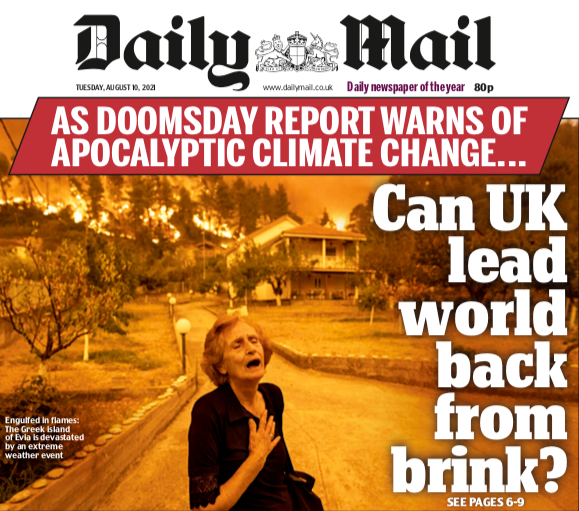
Since the RCP scenarios were launched in 2013, thousands of studies have been published that assumed the extreme variant 8.5 would be business as usual. In 2019, two academic studies were published a day using that base, according to Roger Pielke, who has written several scientific articles on climate scenarios.
If RCP 8.5 is so wrong, then what is right?
I mentioned the IEA, which is a heavy authority in the context and is also referred to by the IPCC. The energy agency continuously monitors all the world's energy sources and their emissions and also creates its own scenarios. These have never come close to RCP 8.5. In the latest Global Energy Report, there are four main scenarios, all of which point to temperature increases below 3 degrees by 2100.
The most important body is of course the climate panel IPCC itself. In its latest compilation, which came in August 2021, the IPCC makes a patchwork. Five "illustrative scenarios" are now specified with the designation SSP (Shared socioeconomic pathways). No probability labels are attached to them, but in a reasoning it is still said that "the probability of high emission scenarios such as RCP 8.5 and SSP 5-8.5 is seen as low regarding recent developments" and that the most likely scenarios are those in the middle, those that point towards temperature increases of about 2-3 degrees.
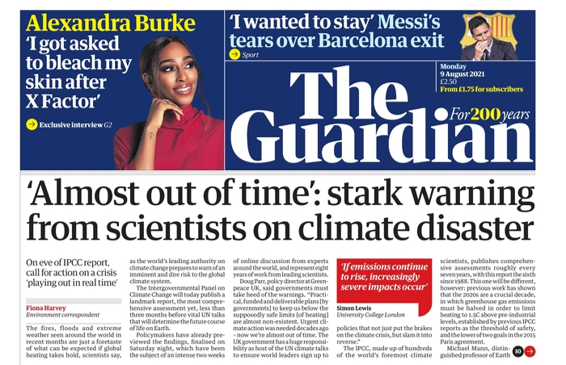
One might think that 2 or 3 degrees is bad enough, but it is after all far below the unpleasant 5 degrees that all the many horror scenarios are based on. If you take the IPCC seriously, it is difficult to see the change of mind as anything other than great and good news, which almost no one paid attention to. Above all, not leading politicians or the UN chief himself.
Should one exaggerate to get people to act?
Beyond the mainstream headlines, there is certainly a debate going on among experts about the extent of the misuse of RCP 8.5. No one disputes that the scenario is highly unlikely, but there are those, like ecologist and climate scientist Christopher Schwalm, who think there is value in using extreme scenarios to have both braces and a life jacket, so to speak. He is countered by, among others, climatologist Zeke Hausfather, who points out that RCP 8.5, and thus Schwalm's opinion, overestimates the contribution of fossil fuels to the carbon dioxide content.
Despite the media's weakness for doomsday headlines and despite the fact that almost no one has heard of the muted tone from the IPCC, there are quite a few climate actors who live in the opposite world: they think that the concern in the debate is too low. In a scientific article published on August 1 this year, eleven researchers from all over the world write that far too little research is being done on the worst-case scenarios regarding climate, such as society collapsing or humanity being wiped out.
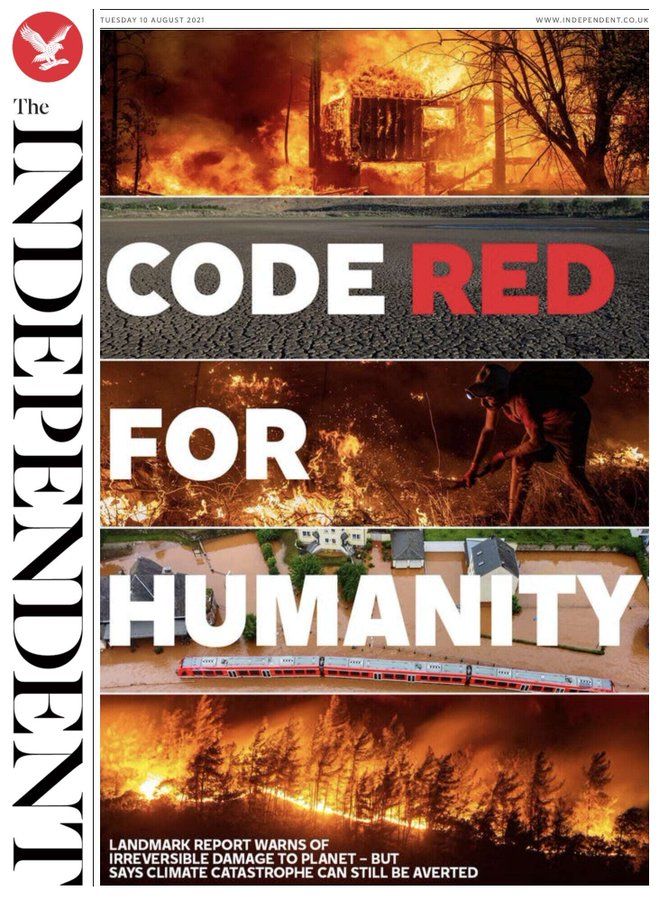
The way the reporting looks, it is easy to get the impression that we are in a barrage of grim facts, which warrants all the alarm bells, but every now and then the occasional cautiously optimistic study pops up, and these small exceptions are torn apart by skeptics who would pick up what preferably out of their back pocket just to make their point.
The doomsday prophecies are out of date
In fact, it is rather the opposite: Whoever starts from what is actually written in the most important documents realizes that the doomsday prophecies are already out of date. Those who, on the other hand, want to convey an apocalyptic climate message have to take things out of their back pocket (outdated models) to make their thesis sound.
Anders Bolling

